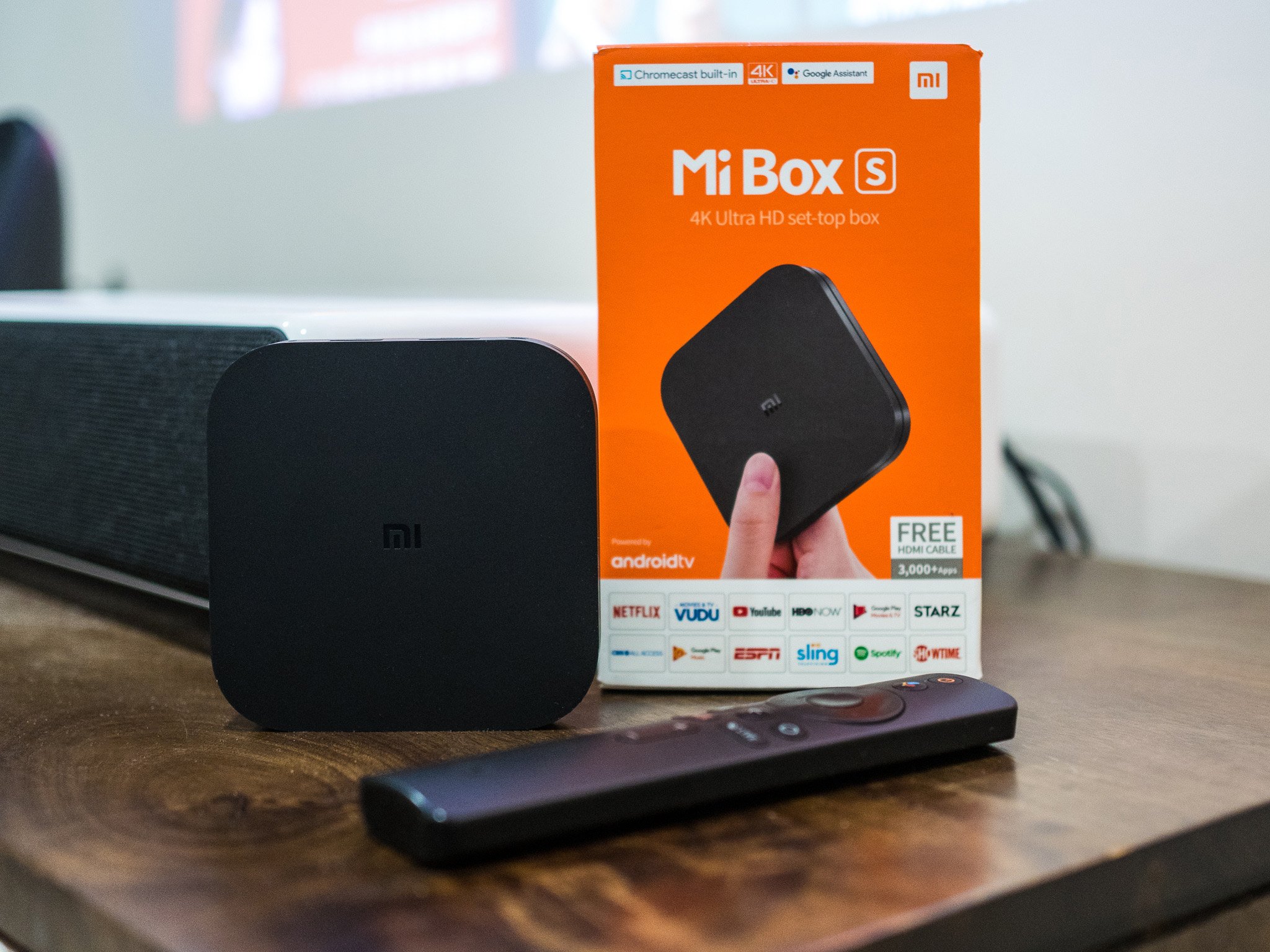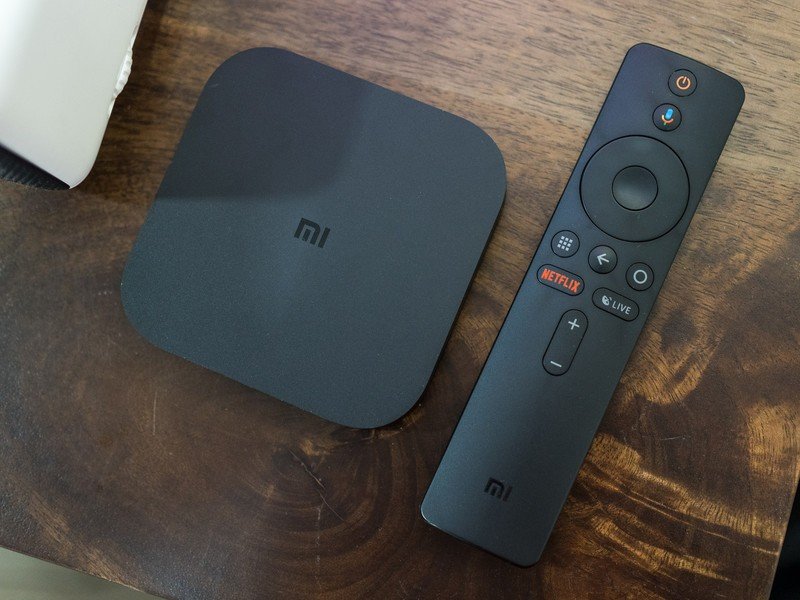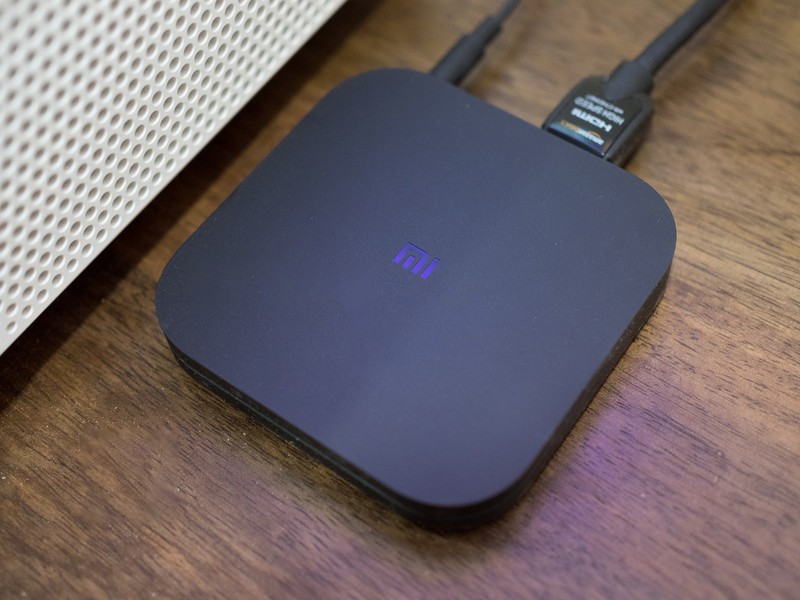Xiaomi Mi Box S review, 3 months later: Still not good enough

Android TV boxes haven't gotten much attention over the last two years. NVIDIA dominates this segment with the Shield TV, which not only plays 4K content but also streams games with ease. But the Shield TV starts off at $190 and isn't available globally. For a majority of users looking to pick up an affordable Android TV box, the default option is Xiaomi's Mi Box S.
I used the first-gen Mi Box for just over a year, and it isn't an exaggeration to say that it was the worst Xiaomi product I used. I often joked that I had Xiaomi's worst product connected to its best — the Mi Laser Projector. The Mi Box would constantly freeze, and it got to a point where I had to reboot it every single time before I could stream any content.
So when Xiaomi released a newer version of the Mi Box, I was excited. The Mi Box S shares the same hardware as its predecessor, but it runs Oreo out of the box and comes with a voice remote that lets you launch your favorite TV shows and movies by issuing voice commands to Google Assistant.
Considering the amount of issues I had with the Mi Box, I wanted to use the Mi Box S for a few months before writing a review. So with three solid months of usage under the belt, here's what I think of Xiaomi's latest Android TV box.
The Good
- Great value
- Brand-new remote control
- Streams 1080p content without any issues
- Google Assistant built-in
The Bad
- 4K streaming is laggy
- Cast doesn't work when box is off

The Mi Box S has a pretty basic design: it's just a rectangular box made out of plastic with rounded edges. The reason for its boxy design is a larger heat sink that does a much better job dissipating heat away from the internal hardware. Round the back you have ports for power, audio-out, USB drive, and HDMI 2.0a.
Be an expert in 5 minutes
Get the latest news from Android Central, your trusted companion in the world of Android
There's no dedicated Ethernet port, but it has a newer Wi-Fi ac 2x2 MIMO module that does a much better job staying connected to your home Wi-Fi network. I had a lot of issues with Wi-Fi connectivity on the Mi Box, but that just wasn't the case on the Mi Box S — it had rock-solid connectivity throughout.
A full-fledged Android TV experience for less than the cost of a Chromecast Ultra.
As for the hardware on offer, the Mi Box S is powered by an Amlogic S905X SoC that has four Cortex A53 cores clocked up to 2.0GHz. There's 2GB of RAM and 8GB of internal storage, and if the specs look familiar, it's because they haven't changed from the Mi Box.
You do get a new remote with dedicated buttons for Netflix and invoking Google Assistant. The Assistant integration allows you to quickly launch TV shows or play videos on YouTube by issuing voice commands. The interface itself is identical to what you'd find on any Android TV device, and you get access to Play Store to download thousands of apps optimized for the TV.
I primarily used the Mi Box S with the 1080p Mi Laser Projector. Although the Mi Box S shares the same hardware as its predecessor, I didn't see any performance issues. A lot of that has to do with the fact that the device runs Android 8.1 Oreo out of the box, which has numerous bug fixes baked in.
Furthermore, Xiaomi has done a much better job issuing updates to the Mi Box S. I got two updates laden with bug fixes in the three months I used the device, and with Xiaomi committing to rolling out constant updates, the Mi Box S will be assured to get the latest Android TV builds as they become available.
The Mi Box S does a great job with 1080p content, but the hardware just isn't designed to handle 4K.
That said, the entire experience falls apart when you try to stream 4K content. I hooked up the Mi Box S to Xiaomi's 4K Mi TV Pro, and the interface immediately started to lag.
The internal hardware is to blame here — it just doesn't have the grunt to push 4K HDR content. So if you're looking for a sub-$100 streaming device for 4K content, you're better off going with Roku or Amazon.
Another area where the Mi Box S falls short is casting videos from your phone. As it is an Android TV device, it works as a Cast target. The only downside is that the feature is only enabled when the box itself is switched on, which defeats the purpose altogether. My Sony Android TV shows up as a Cast target even when the screen is off, but I have to manually turn on the Mi Box S before it shows up in the list.
Xiaomi Mi Box S Bottom line

The Mi Box S isn't quite as capable as the Shield TV, but then again it costs less than a third of what NVIDIA charges for its streaming box. If you're looking for an affordable Android TV box to stream 1080p content, it is the default option right now.
The remote is a great new addition, and aside from the fact that it doesn't handle 4K content, I had no issues with the Mi Box S. If you're looking for a streaming solution that reliably plays 4K HDR content, you'll have to look to Amazon or Roku.

Harish Jonnalagadda is Android Central's Senior Editor overseeing mobile coverage. In his current role, he leads the site's coverage of Chinese phone brands, networking products, and AV gear. He has been testing phones for over a decade, and has extensive experience in mobile hardware and the global semiconductor industry. Contact him on Twitter at @chunkynerd.
